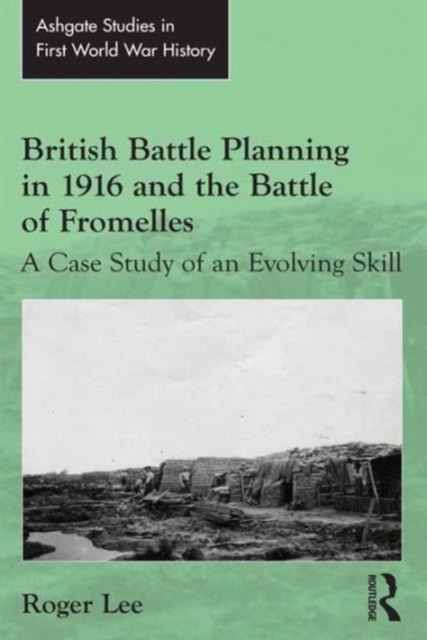
British Battle Planning in 1916 and the Battle of Fromelles : A Case Study of an Evolving Skill Hardback
by Roger Lee
Part of the Routledge Studies in First World War History series
Hardback
Description
Despite the substantial output of revisionist scholarship over the last decade reappraising the performance of the British Army on the Western Front during the First World War, there still remains a stubborn perception that its commanders were incompetent, inflexible and unimaginative.
Whilst much ink has been spilled vilifying or defending individual commanders, or looking for overarching trends and ’learning curves’, this is the first work to examine systematically the vertical nature of command - that is the transmission of plans from the high-command down through the rank structure to the front line.
Through such an investigation, a much more rounded measure of the effectiveness of British commanders can be gained; one moves the argument beyond the overly simplistic ’casualties to ground gained’ equation that is usually offered. The Battle of Fromelles (19-20 July 1916) was selected as the case study as it was relatively small in scale, in the right period, and retains sufficient primary sources available to sustain the analysis.
It also witnessed the first time Australian forces were used in offensive operations on the Western Front, and thus looms large in wider Commonwealth perceptions of ’Bumbling British Generals’.
The book follows the progress of the battle plan from its inception in the strategic designs of the supreme commander down through the various intermediate level commands at operational and tactical headquarters until it became the orders that sent the infantry forward into the attack.
In so doing it provides a unique insight into the strengths and weaknesses of British command structure, allowing a much more scholarly judgement of its overall effectiveness.
Information
-
Out of stock
- Format:Hardback
- Pages:244 pages
- Publisher:Taylor & Francis Ltd
- Publication Date:16/06/2015
- Category:
- ISBN:9781472449955
Other Formats
- EPUB from £31.58
- Paperback / softback from £38.99
- PDF from £31.58
Information
-
Out of stock
- Format:Hardback
- Pages:244 pages
- Publisher:Taylor & Francis Ltd
- Publication Date:16/06/2015
- Category:
- ISBN:9781472449955










